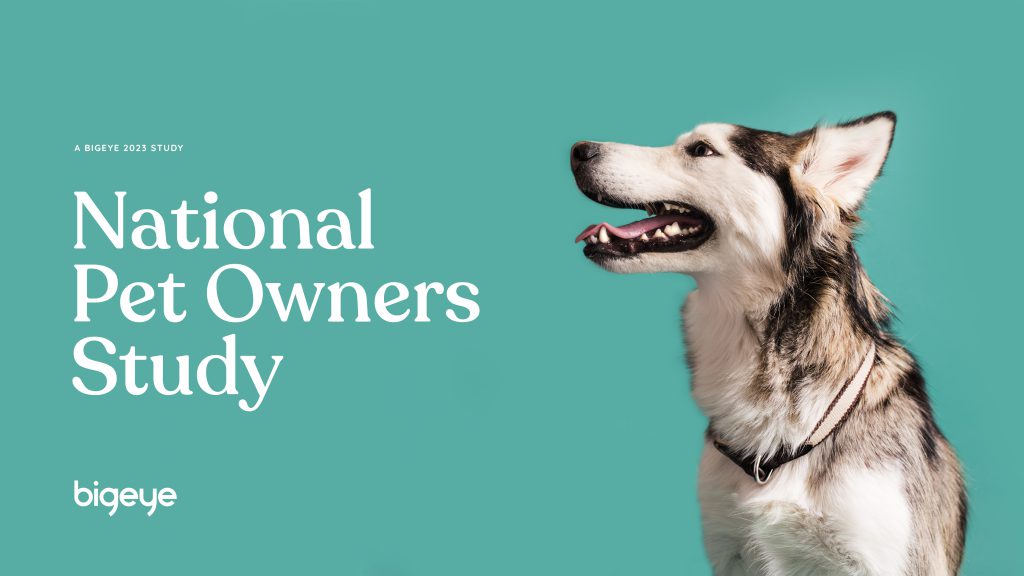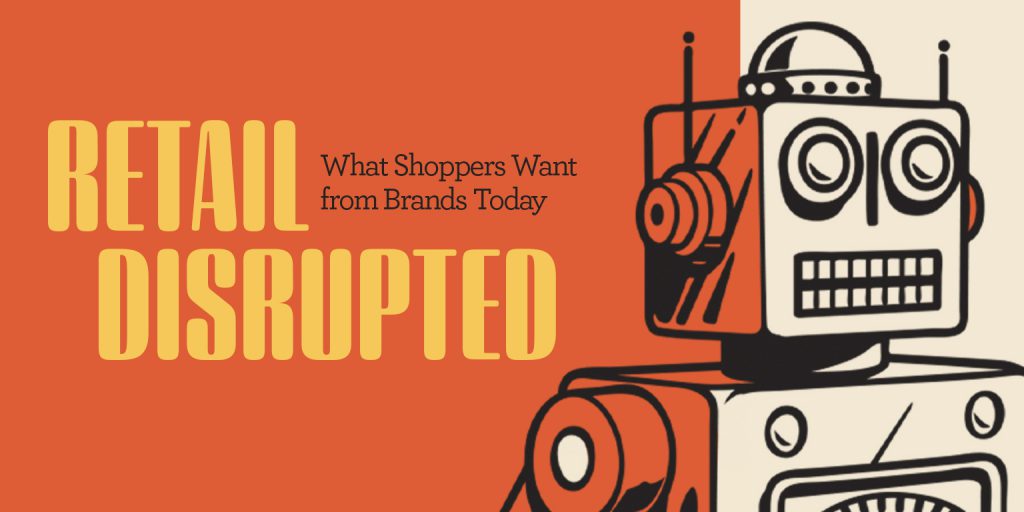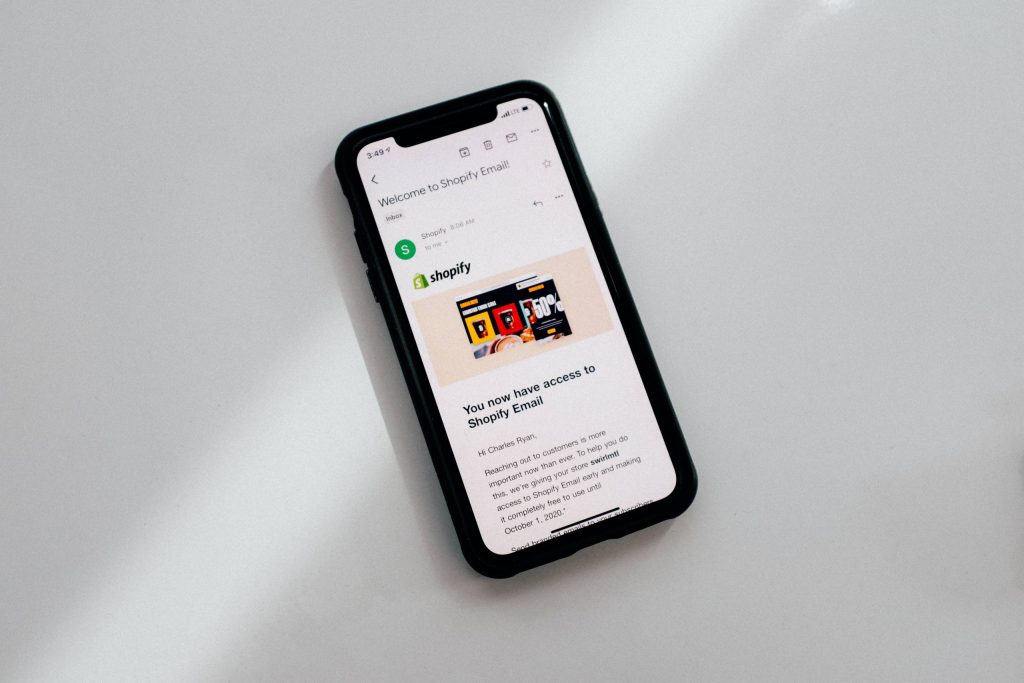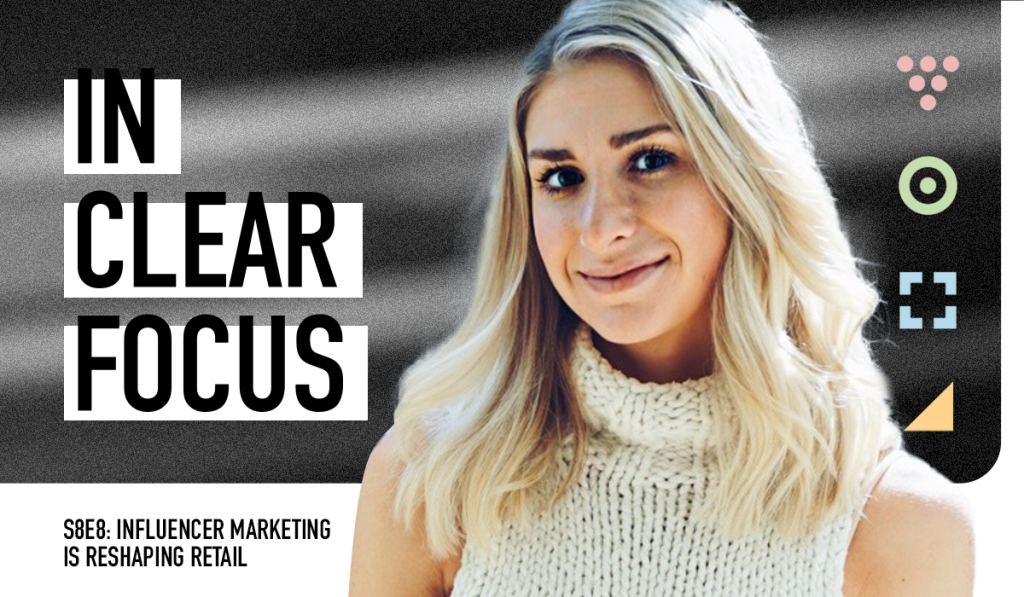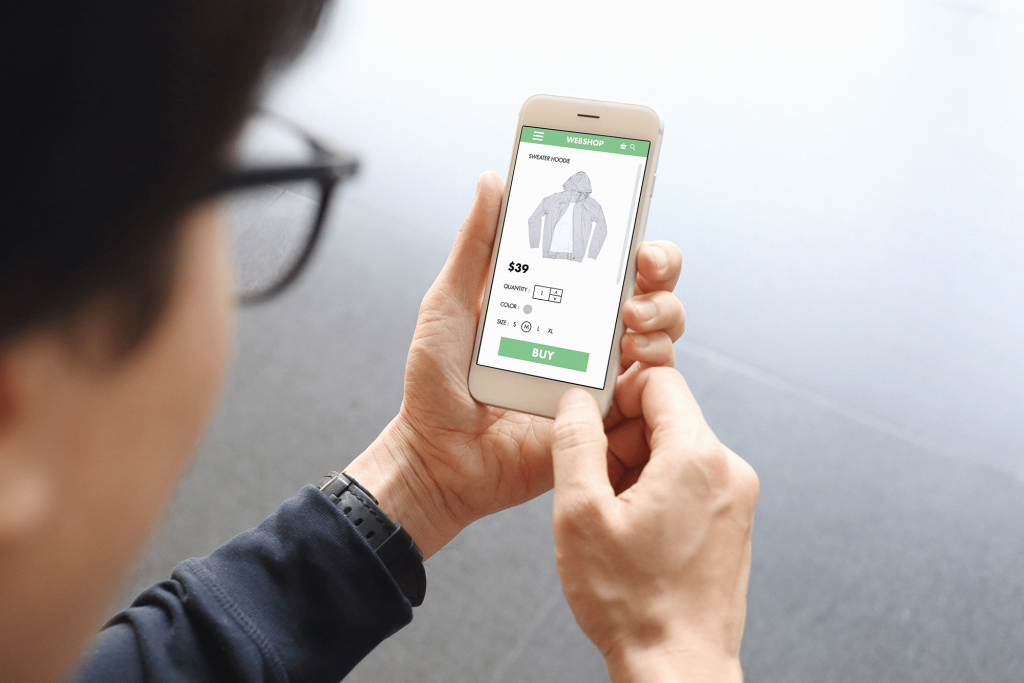Bigeye’s National Pet Owners Study
Pets are now being seen as more a part of the family than they were before. There is an increase in the humanization of these animals whether it be toys made to mimic human products, owners purchasing pet insurance, or grooming made to be a spa experience.

